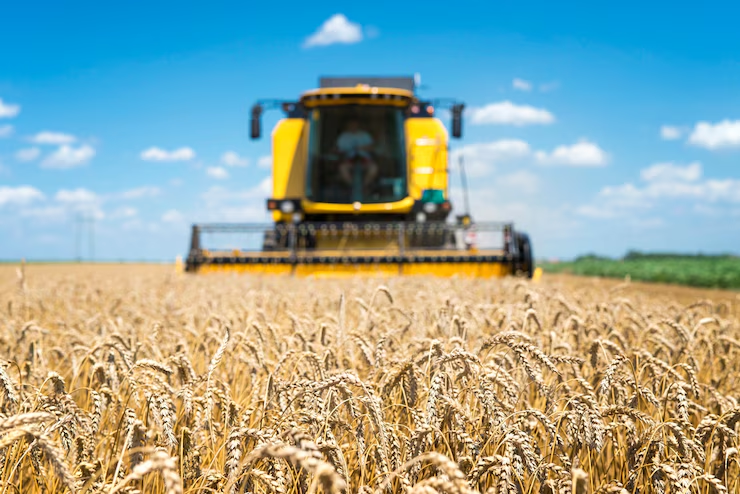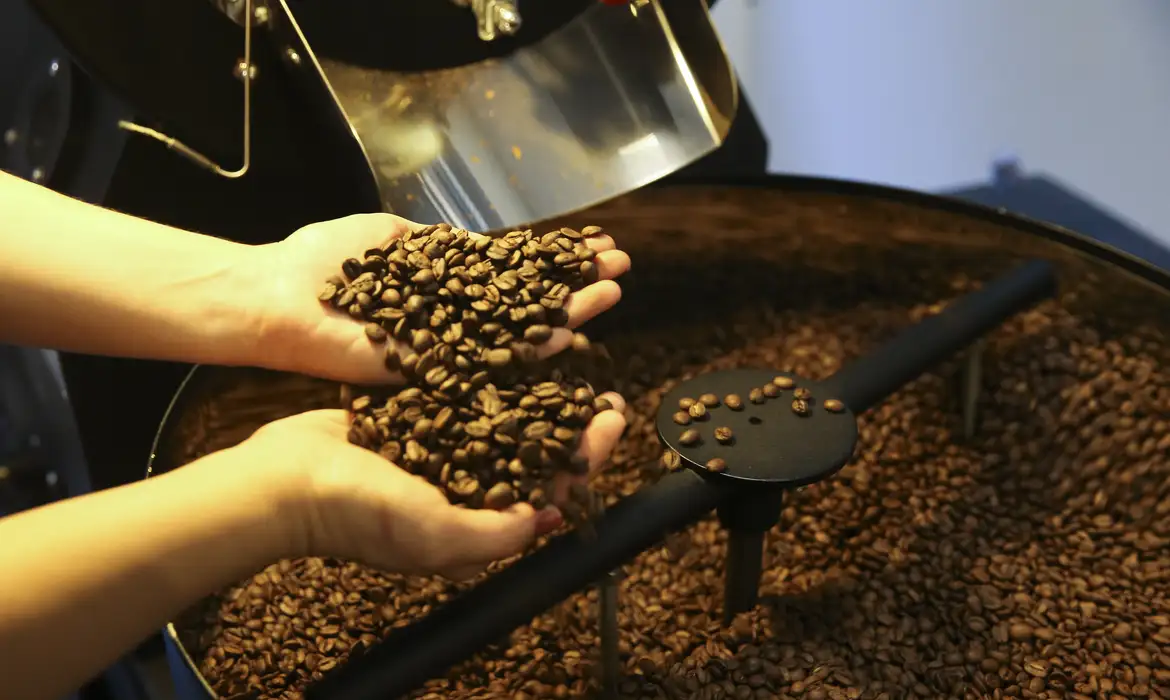Transition to sustainable production in Brazilian agriculture has already begun, says Mapa coordinator

“The ox is just an animal, and being labeled a villain depends more on the adoption of sustainable production technologies, which each country, each region, each state, each producer adopts. And in fact, the data from the sixth edition of Annual Estimates of Emission of Greenhouse Gases in Brazil, prepared by the Ministry of Science, Technology and Innovations (MCTI) demonstrates that this transition to a sustainable model has already begun”, he points out.
The report on Climate Change (PNMC), established through Law No. 12,187/2009, defined the voluntary national commitment to adopt mitigation actions with a view to reducing greenhouse gas emissions in Brazil. The published data makes it possible to monitor the achievement of this commitment. Furthermore, the information is presented in a way that makes understanding the results of national emissions and removals more accessible to different sectors of society.
“Methane emissions from Brazilian agriculture, in absolute terms, without using the clothing metric, were reduced by around 1% in the period between 2005 and 2020. The most important thing about this is that estimates indicate a reduction of 2.2% of emissions arising from enteric fermentation, which is called beef burp. In the same period, we managed to reduce methane emissions by 1% and enteric emissions by 2.2%”, he informs.
According to the expert, this means that, since 2005, the pace of productivity gains in Brazilian livestock farming has been growing through the incorporation of sustainable technologies and this has made it possible to meet the growing global demand for meat without increasing methane emissions.
“We increased productivity and reduced emissions. In this process, the ABC plan (2010-2020) and the ABC+ plan (2020-2030) allowed attractive credit lines and technical assistance for producers to adopt pasture recovery cards, waste treatment, intensification of livestock production and several other technologies that add not only to livestock farming, but to all Brazilian agriculture”, he points out.
The Sectoral Plan for Mitigation and Adaptation to Climate Change for a Low-Carbon Emission Economy in Agriculture (ABC Plan) is one of the main pillars of Brazil’s agricultural policy, aiming to promote sustainability through the reduction of greenhouse gas emissions and mitigating the negative impacts of climate change on agriculture.
Production
In the first quarter of 2024, cattle slaughter increased by 24.1%, according to the latest IBGE survey. In total, in the first quarter of this year, 9.24 million heads of cattle were slaughtered. Compared to the last quarter of 2023, there was a 0.9% growth in cattle slaughter.
Agribusiness exports reach US$67 billion in 2024
Senate Committee approves tax exemption for corn bran and oil
SAFRAS & MERCADO analyst and consultant, Fernando Iglesias, says that beef cattle farming is increasingly sustainable and balanced.
“We have been observing, following and monitoring in Brazil, in recent years, a livestock industry that is increasingly aligned with these issues involving the environment, even due to the demands of global demand. Brazil is seeking to align itself with these criteria and is managing to improve its indicators and sustainability”, he points out.
For Iglesias, the Brazilian livestock market should benefit from this alignment with sustainability throughout this decade.
Greenhouse gases
Agricultural engineer Charles Dayler states that not all greenhouse gases have the same life cycle, because some will last a long time in the atmosphere, while others will not. He explains that some gases are absorbed more quickly.
“Why is it (the methodology) outdated? It is not enough to simply convert it into CO2 (carbon dioxide) using the same methodology, the same way of thinking that is used for oil. Oil, once you extract it, you burn , it turns into CO2 and ends up, it stays in the atmosphere. Methane from cattle, in this case the source is cattle, but you have to think about the following: livestock farming is not an activity that ceases. development of the animal, it will end up sequestering carbon material”, he points out.
For the engineer, cattle cannot be treated as a fossil fuel, as the animal has a cyclical behavior in relation to carbon sequestration and generation, in this case, through methane. He points out that it is “important” to review the way greenhouse gas emissions are calculated.
“The balance (of this calculation) could be negative, in the sense that well-executed livestock farming sequesters carbon from the atmosphere instead of releasing it, through methane. But it has to be something with a lot of transparency, because if it is actually proven , the methodology must be revised”, he states.
Dayler highlights that, if proven, the new methodology should be made available so that those who want to experiment can test the model.
By Brasil 61




